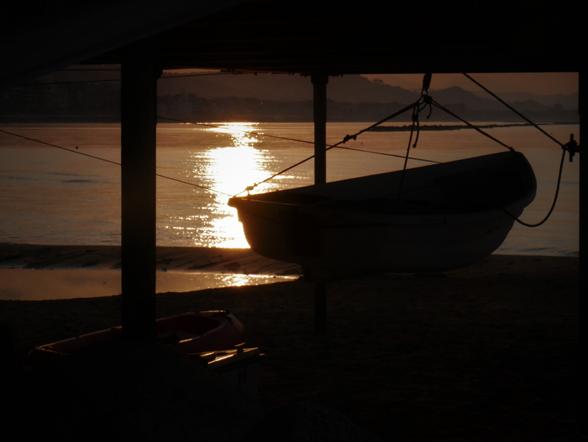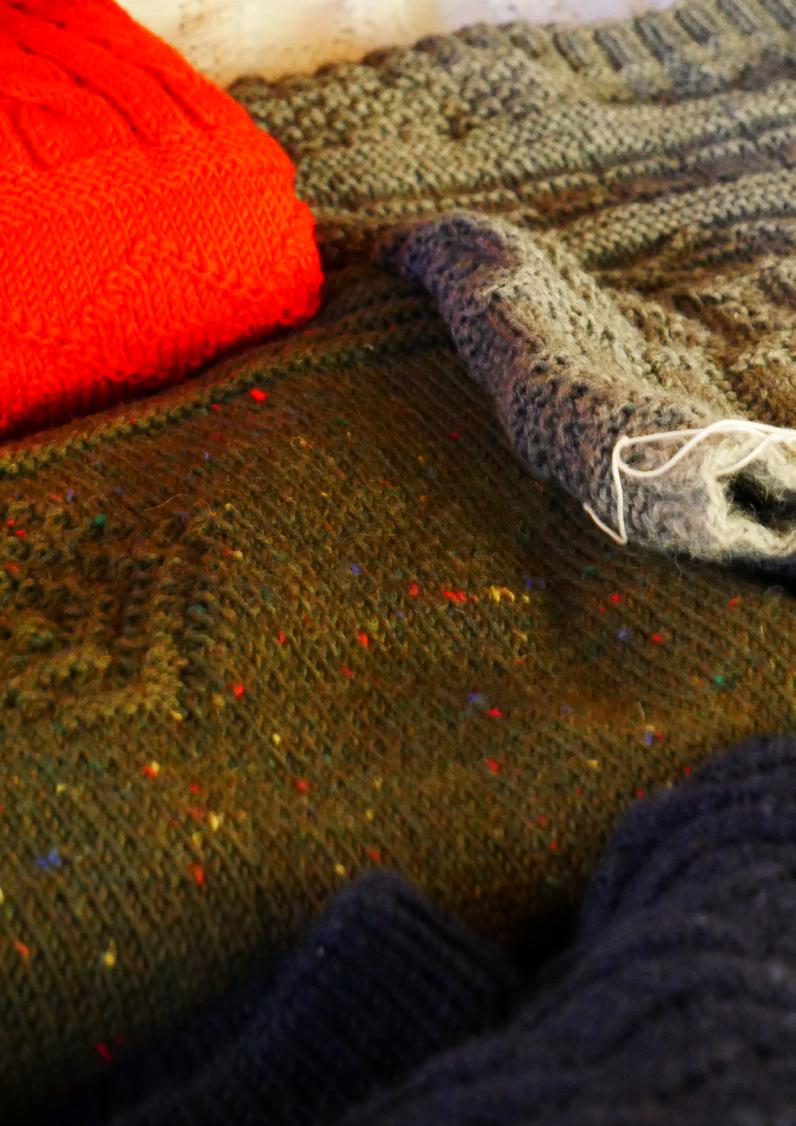
3 minute read
Maritime traditions - Christina & Yara
Maritime traditions
An azure sea, golden beaches and maybe a forest in the background – this is what a lot of the people are searching for, when choosing their next summer holiday destination.
Advertisement

Yet, beyond the more visible natural assets, coastal areas also have long traditions that characterizes the coastal landscapes and historically shaped the community’s way of living.

Through our work within the Interreg Europe
Project CHERIS H (Creating opportunities for regional growth through promoting Cultural HERitage of fIS Hing communities in Europe) we have the privilege to learn about the tangible and intangible heritage of these areas and to work, hand in hand with locals, to recover those traditions preventing them to get lost forever. To give you an idea of what we are working on and hopefully arise your curiosity, we will take you on a tour along European coasts. We will start from Portugal, the westernmost country in Europe. On the northwest coast of Portugal, the word sargaço was once wellknown among farmers and fishermen. The term refers to different species of algae, that people used to collect at the beach after a storm or directly from the seawater. Given the general lack of resources, local coastal communities started to harvest the algae and make full use of their healing and cosmetic properties and their fertilizing potential. Due to social and economic changes, this old tradition has almost been lost, and nowadays, in fact, only a limited number of people are still engaged in this activity. Fortunately, local people and new generations are rediscovering those traditional techniques and the economic and environmental added value of those old practices.

The next stop of our journey is the fishing community of Arnemuiden, in the Netherlands. Arnemuiden has the largest and most modern fleets in Zeeland as it developed its industry from small-scale daily fishing near ports to large-scale fishing operations in the North Sea. Once upon a time, one could recognize the origin of the fishermen from the patterns of their sweaters – each village had a typical one. Recently, a proud and community engaged group of women, has decided to start producing sweaters according to traditional fishermen models and patterns using modern and trendy colors. The whole community has been involved in promoting and marketing the historic fishing sweaters as unique pieces of everyday streetwear. The local young people appreciated this project very much. The success of sweater sales has transformed the Arnemuiden Fishery Sweater into a brand, and the initiative has been taken over by other fishing villages in other parts of Europe.
Let us move to the south-east of Europe for the final stage of our journey. Did you know that the Cypriot art of shipbuilding has been known for centuries in the whole Mediterranean area? It is in fact a very ancient tradition, there are even documents that affirm how Alexander the Great employed engineers from Cyprus to build his warships, but today this activity is most likely to be lost. For this reason, the Traditional Boats Lab, since 2015, offers students the opportunity to understand the basic principles of ancient and traditional shipbuilding. The laboratory, hosted by Cyprus University, plays an important role in the protection of the maritime cultural heritage of the island and covers both the practical and theoretical side of the shipbuilding tradition – young students can learn and practice shipbuilding but they are also involved in research and cataloguing activities.
Indeed, all over Europe, the abandonment of fishing by young people is considered a significant problem. For this reason, workshops and initiatives have been set up in various regions, to bring the younger population closer to this world and its culture.
These are only few examples of the best practices we are working on within the project CHERIS H. As of now, international cooperation efforts as well as the exchange of experiences and the activities promoted among the fishing communities engaged in the CHERIS H project have already allowed the development of regional policies for the protection and promotion of the cultural heritage of these areas. If you want to know more about the project and the other case studies, please visit https://www.interregeurope.eu/cherish/
Yara Cancilla Cristina Nazzari
Pictures: Cristina Nazzari
Design - Ewelina Chańska










